We saw the flash of his camera before we saw him.
Stark, inimitable white pops against the hell-black bluster of a cold night in Denmark. No other patron of the three-hour slow ferry to Norway had chosen to brave the rain, but our man was on a mission. Working his way methodically around our car, he had the cherished event committed to memory card in moments before making good his escape back up the queue of bemused North Sea crossers.
Such behaviour isn’t uncommon in the esoteric world of driving just-launched cars, yet it generally doesn’t occur when you’re sitting in a three-box D-segment hatchback. The occasions when I can recall it happening to something sporting a Vauxhall badge (without a VXR emblem also attached) was bumped up from zero to one while we were waiting to board the boat at Hirtshals. But then I can’t recall another recent Griffin wearer looking quite as good as the new Insignia Grand Sport, either.
Later, as we returned to the car after a substantial on-board buffet, our Norwegian shadow reappeared, keen this time to speak. Ours was the first new Insignia he had seen and he was very excited, albeit in a typically understated Nordic way. He was definitely getting one. He didn’t enquire about the comparative quality of the car. That piece of information felt like a given.
The days of Vauxhall, Ford or even Volkswagen rolling out another so-so mainstream saloon-shaped product are long gone. The D-segment, while at the moment stalwartly big-selling, is being squeezed from all directions – and most of all from above. The day BMW and Audi discovered they could sell entry-level compact executive saloons for D-segment money was a dark one indeed for the old batting order. It didn’t stop the outgoing Insignia from selling like a hot cake, but even Vauxhall would admit that the premium manufacturers are now watched like W hawks seen from a rabbit warren. Hence the prospectively greater need for high-spec, high-powered bolters like this one: a 256bhp 2.0-litre petrol-fuelled, automatically geared, tri-coat painted, four-wheeldrive Norwegian heart breaker.
At £27,710, this model is almost the same price as an Audi A4 in SE trim with a 148bhp 1.4-litre TFSI engine. Except, of course, the Insignia comes exclusively in Elite Nav spec, the apex of Vauxhall’s always perplexing grade triangle, which means you get all manner of highfalutin features, including LED matrix headlights, heated seats all-round, an 8.0in touchscreen, a Bose sound system, dual-zone climate control, sat-nav, OnStar connectivity (including a 4G wi-fi hotspot) and pretty 20in twin-spoke alloy wheels.
One of the few things not standard is the rubber orbiting those rims, the factory-spec set having been swapped out for Pirelli Sottozero mud and snow tyres – and that’s a good thing, not only because it’s March and it’s the law in Norway, but also because we have not disembarked at Kristiansand to loiter in the fairly mild surroundings of the south.Instead, our destination, another coastal city named (irresistibly) Kristiansund, lies 620 miles to the north – handily adjacent to the Atlanterhavsvegen (Atlantic Road), an archipelago-hopping strip of tarmac often rated among the best road trips in the world.
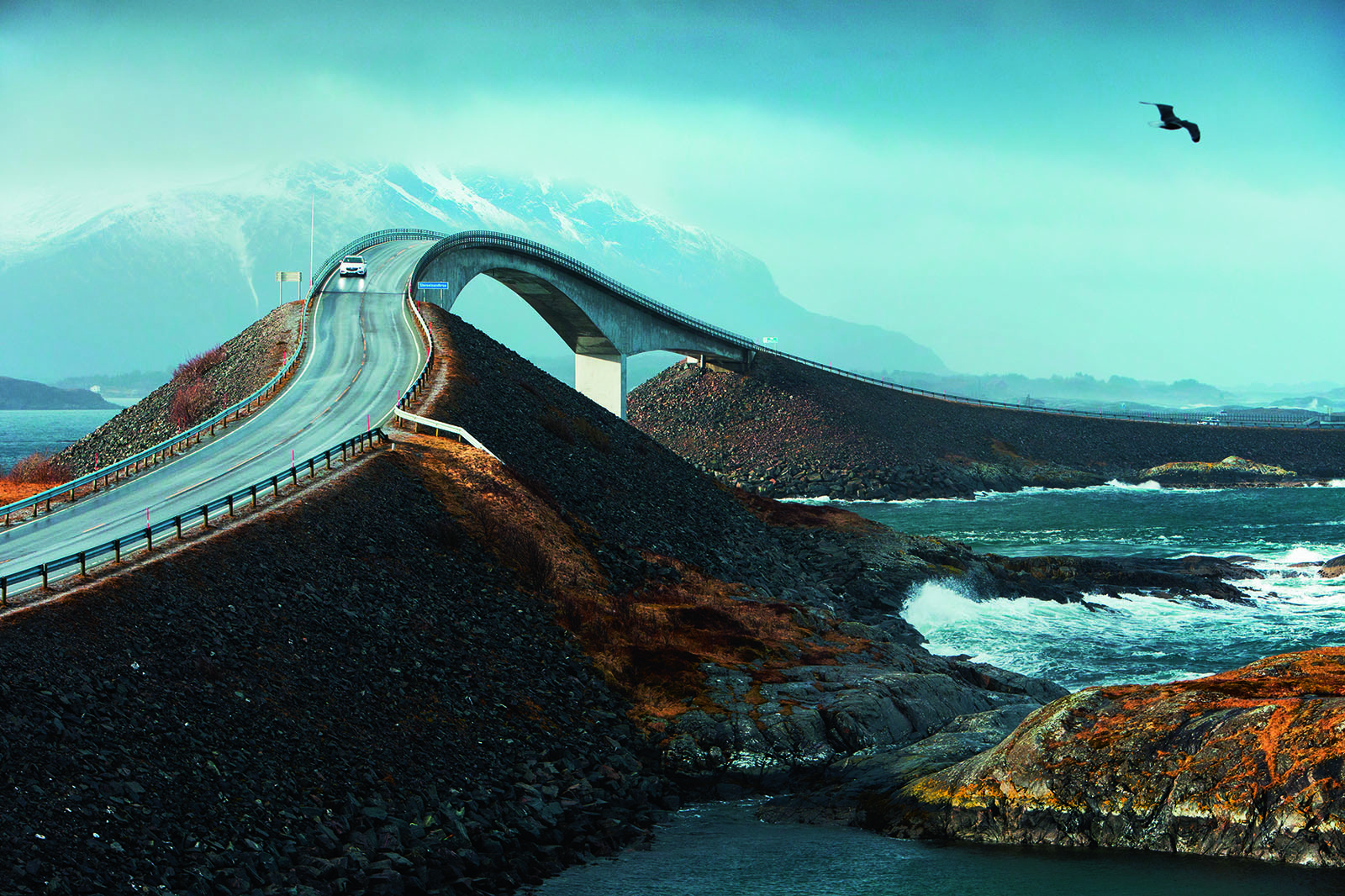
Getting there requires long legs. Norway’s comparatively small population and multiple geographic challenges mean that its motorway network is extremely modest. Typically, drivers find themselves on simple two-way highways, restricted by an 80km/h (50mph) limit out of town and the dread of formidable fines for going beyond it. This, then, is a great strength test of the new Insignia’s desirability. A four-day, umpteen-hour sit-in, measured against the ability of premium rivals to convince drivers that their journey could not have been completed more contentedly for less money.
The roads stretching away from Kristiansand are unchallenging and, for the most part, covered in nothing more troubling than a murky coating of rain. It is quiet in the Insignia; partly because it is genuinely well insulated and partly because the car’s supremely brilliant 4G network hasn’t worked since Germany and we haven’t yet persuaded photographer Luc’s smartphone to stream Spotify into the car’s very decent speakers.
Before long, the countryside abruptly submits to a blanket of snow. Although not nearly serious enough to threaten the frequently ploughed roads, it provokes the standard English response – a sudden and wanton desire to pull the car closer around you in much the same way you might suddenly stand up the collar of a warm jacket. In this respect, the Insignia doesn’t disappoint – thanks, not least, to a £400 Winter Pack that adds a heated steering wheel to the standard seat burners and the armchairmimicking comfort of that newly raised centre console.
In a blizzard, you want three things: sure-footedness, an explicit sense of control and plenty of warning when it’s all about to go awry. The Insignia, steadied on the soft compound of its Pirellis and incentivised by the tractionfinding shrewdness of the GKN Twinster clutch packs, summons up the first quality quite brilliantly – so much so that the steering’s initial lack of bite away from the straight-ahead hardly matters. The car, driven with maximum respect for the proximity of barely discernible snow banks, hardly feels four-wheel drive at all. It just seems impassively and indefatigably go-forward.
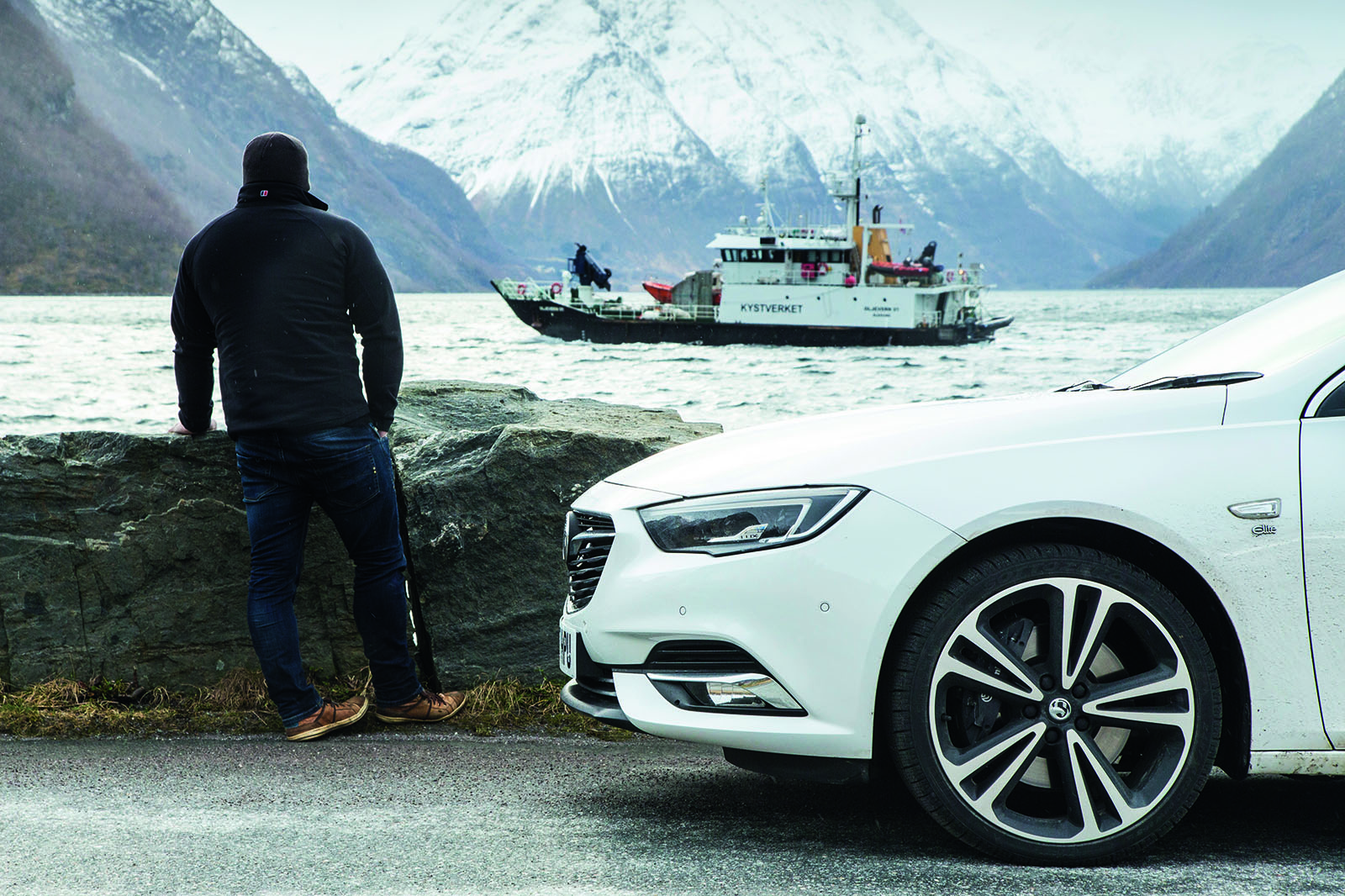
Until, that is, Norway shuts its roads. “Sorry, my friend, we closed to cars hours ago. Now we’re shut to lorries, too, because the snow plough drivers can’t see the road.” And it gets better: the orange-clad killjoy explains that if we are hell-bent on getting to our destination, our best bet is a five-hour diversion, followed by a likely wait for a snow plough convoy the next day. Cue an hour’s drive back down the mountain, followed by an unscheduled night in a youth hostel, followed by headaches and rethinks at sun up.
It is this sort of frustration, combined with a lack of sleep, that tends to land a body blow to tightly planned road trips – and it’s a great way of turning what were previously niggles with the way a car drives into ruinous, gunshot-sized gripes. Which is what makes our collective nonchalance at returning to the Insignia for another 12-hour stint such an enormous credit in its favour. No protestations, no bad backs, no bellyaches about the miles left to do or those already covered, and no bartering over who sits behind the steering wheel first or for how long.
One reason for this, in retrospect, is obvious enough. The Turbo 4x4 might be the quickest Insignia available at launch, but it isn’t much interested in playing the performance pumice stone to your road-going life. There are no paddle shifters connected to the gearbox and no invigorating note to the exhaust, either. The car’s FlexRide adaptive dampers are not tuned to shake the fillings from your teeth, and although the eight-speed torque-converter is new, it engages gears as ruminatively as a two-toed sloth selecting lunch.
There’s almost no abrasiveness to anything the most expensive Insignia does. Instead, it wants very much to be a lump of heated basalt applied therapeutically to the base of the spine – smooth, soothing and softly amenable.
In Norway, this unhurried, assured attitude finds an almost perfect milieu. Nothing about the country makes you want to drive particularly fast. Not that we have the opportunity to press on. The snow outside doesn’t disappear, swirling a few miles behind us all day until it charges overhead on another high pass, where (heartening to anyone appalled at UK-based uselessness in such conditions) even the Norwegian drivers are queued behind lorries stuck on a slippery incline. Still the Insignia does not pause. Our respect for its ground covering is now almost total.

The following day, we finally start to close in on our objective. There are quicker ways to the more glamorous end of the Atlantic Road, but we diligently dogleg west away from the E39 to Bud, which the Norwegian tourist board deems as the starting point of the Atlanterhavsvegen. The snow is long gone now, chased away by the raw thermal energy of the distant gulf stream and replaced by much the same sort of savage precipitation that we encountered at the opposite end of the country.
The route itself is signposted from end to end, but save for the cheerless panoramic of the angry North Sea, it doesn’t start with much gusto. Impatient at last for the good stuff, we attempt to make up the shortfall with horsepower – but B-road spiritedness is not the Insignia’s forte. Although it may very well muster 295lb ft of torque from 2500rpm, the gearbox (even in Sport mode) tends to be overly preoccupied with keeping you in the ultra-low-rev wilderness of the final two cogs, better for garnering at least 30mpg at the Norwegian national limit. Making requests for greater corner-exiting enthusiasm, even in what is obviously a lighter, nimbler car than the one it replaces, is still a slightly dispiriting waiting game.
Factor in the ductile whine of the slusher from a standing start and a rather humble 6.9sec for 0-62mph, and it’s clear no Nordic speed records are about to tumble.
Moments later, the intrepid Insignia carries us out across the first of eight bridges that span around five miles of spectacular, windswept archipelago. Luc isn’t really happy until we sight the raked cantilever of the Storseisundet Bridge. Naturally, it is too big, too expensive and too swaggering in its grandeur not to overwhelm the tiny Vauxhall. Luc shoots wide from a nearby hill, forced to reduce the car to a microscopic dot. It is hardly any bigger in the imagination, the thought of it overwhelmed by the sheer scale of the engineering achievement.
A better metaphor for the Insignia, it turns out, lies a little farther to the north. Much less famous than the road – but still a vital component of it – is the Atlantic Ocean Tunnel.
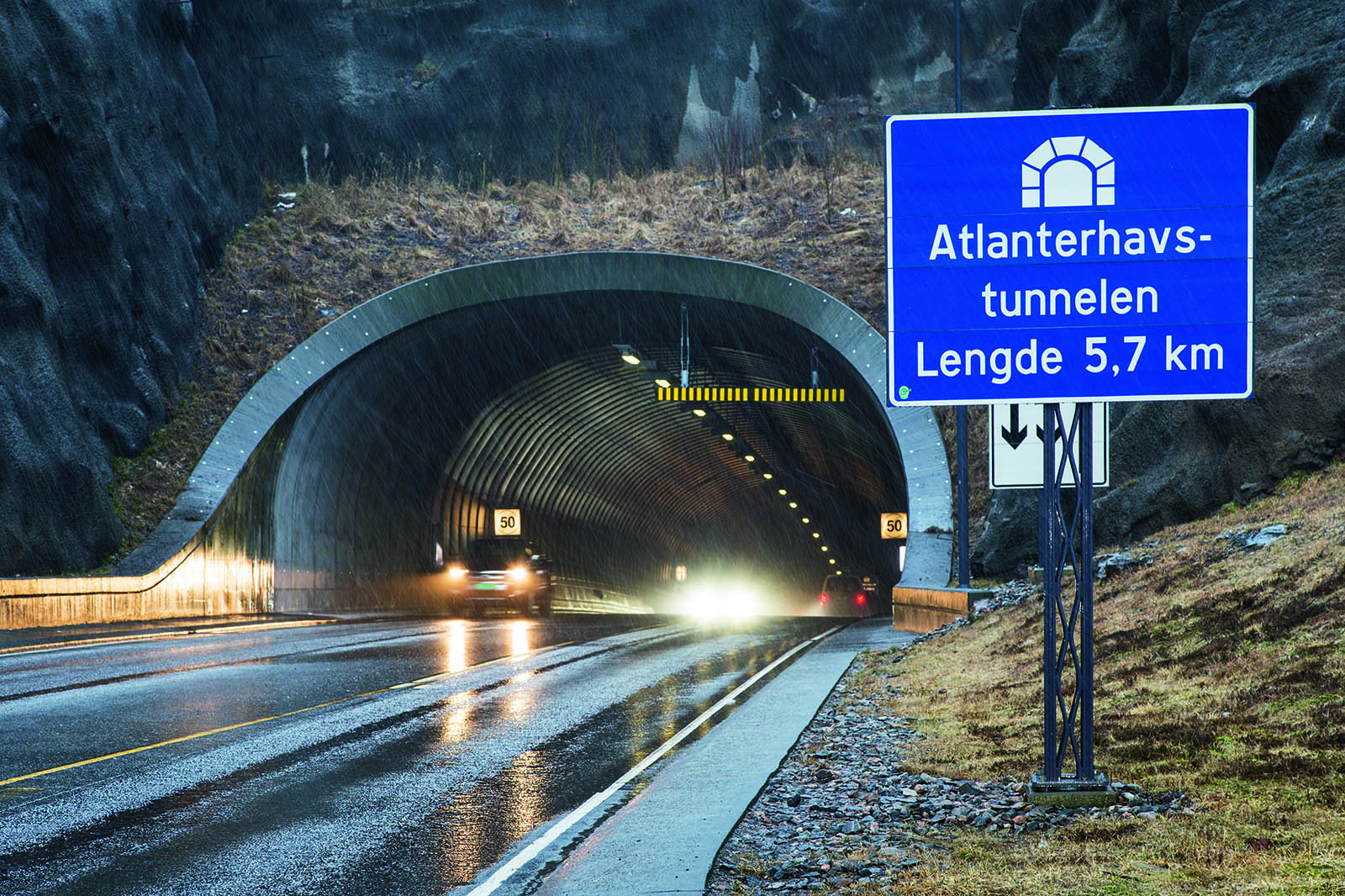
Unlike most of Norway’s other road tunnels, this one isn’t blasted through mountain rock but burrowed under the seabed – an undertaking that, incredibly, makes it almost as deep as the Storseisundet Bridge is long. At 250m down – a decline and incline so serious that the road is dualcarriageway for ascending traffic – it is one of the deepest undersea tunnels on the planet.
Yet neither of us had heard of it before we drove through it. Its proximity to the flagrant drama and majesty of the Atlantic Road has negated its renown, despite it being a technical achievement of near parity.
This most costly Insignia, one suspects, will endure in much the same way. In terms of size, space, practicality, usability and interior shrewdness, there is nothing to separate it from a premium alternative. Luc and I assemble a list of non-dynamic quibbles in Kristiansund, and it boils down to a lack of USB sockets in the front and the naff boot release at the rear. Nothing from BMW, Audi or Jaguar would have scored fewer demerits.
Vauxhall has set the Insignia GS Turbo’s fast cruiser stall out unrepentantly, making it a less rewarding steer than a Jaguar XE or BMW 3 Series when you make the effort. Yet at Norway speeds, this hardly matters, and I’m disinclined to think we’d have been any more comfortable in either. If not quite as poised as those rivals, the Insignia rides benignly well on its 20in wheels. Were there the option of mating a manual gearbox to the 2.0-litre engine, the recommendation might be more glowing still.
The Insignia’s real bind is a lack of buyers minded like our man on the ferry. No matter how rigorously pretty, well equipped or comfortable the Insignia might be, for most it will still appear to toil under its maker’s less than fashionable badge – a handicap that means considerably more.

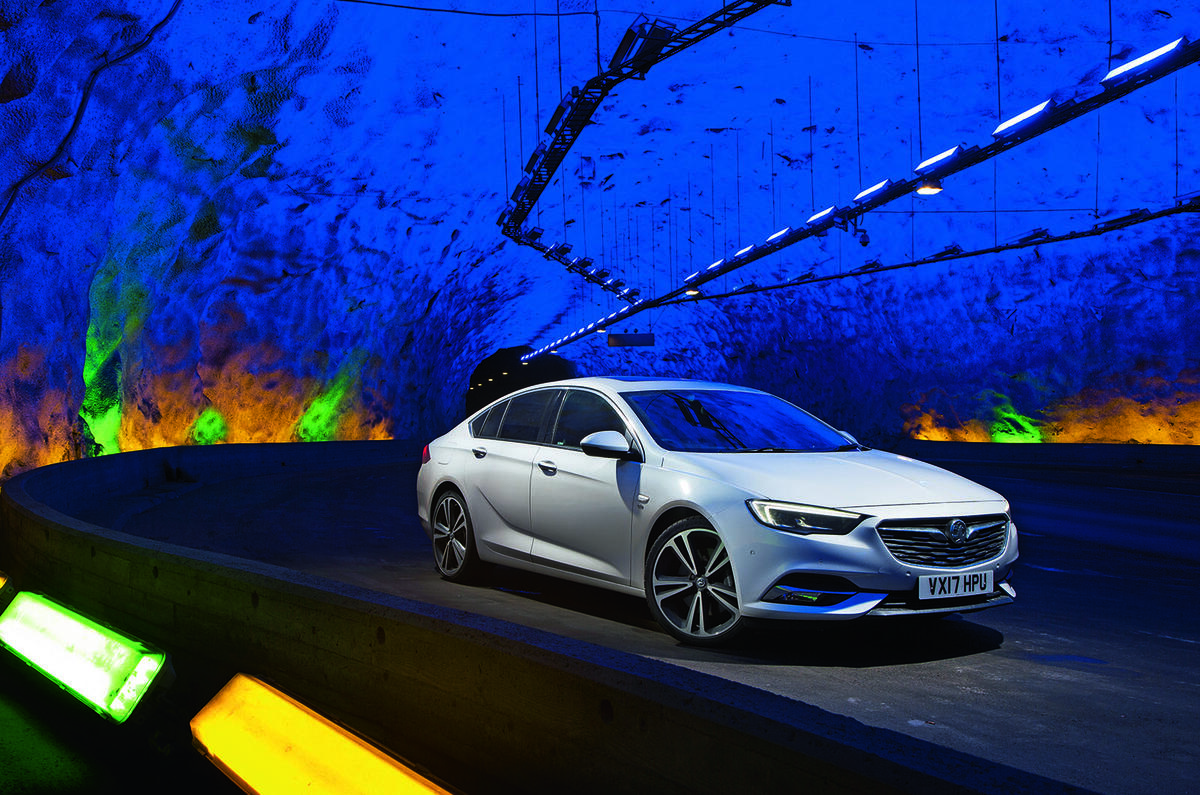
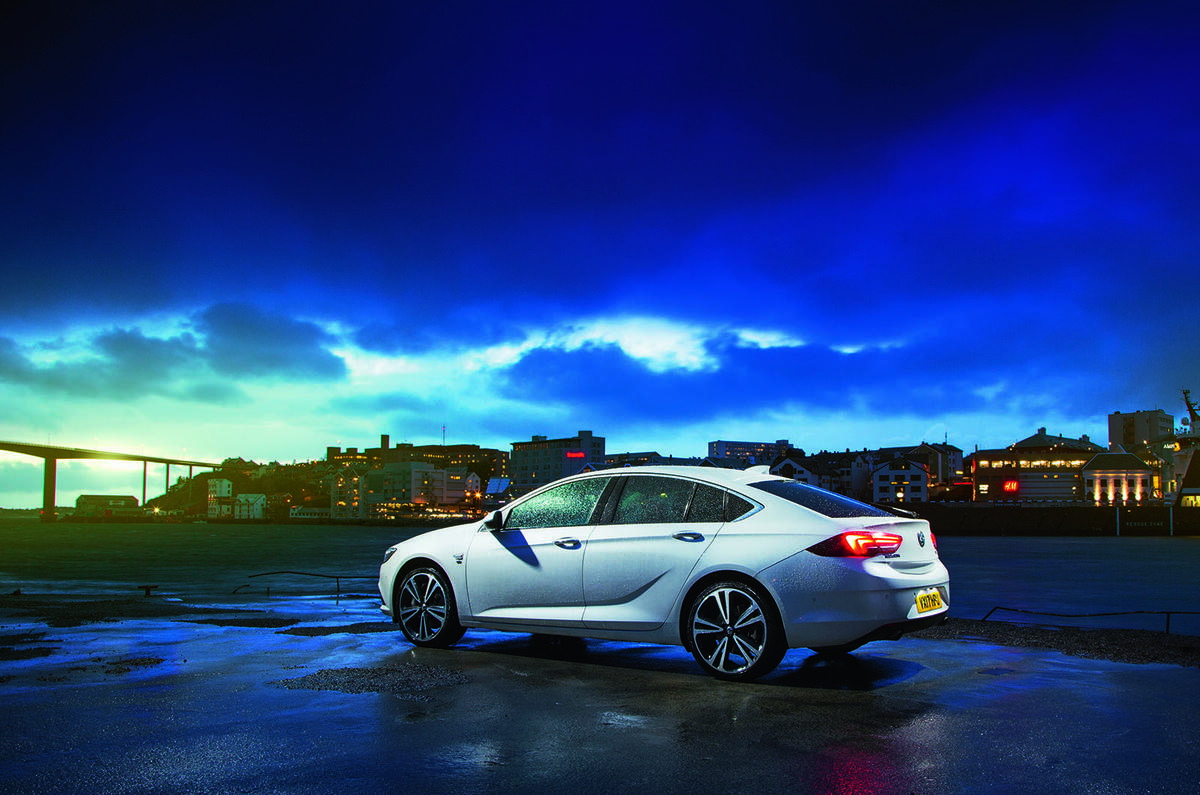
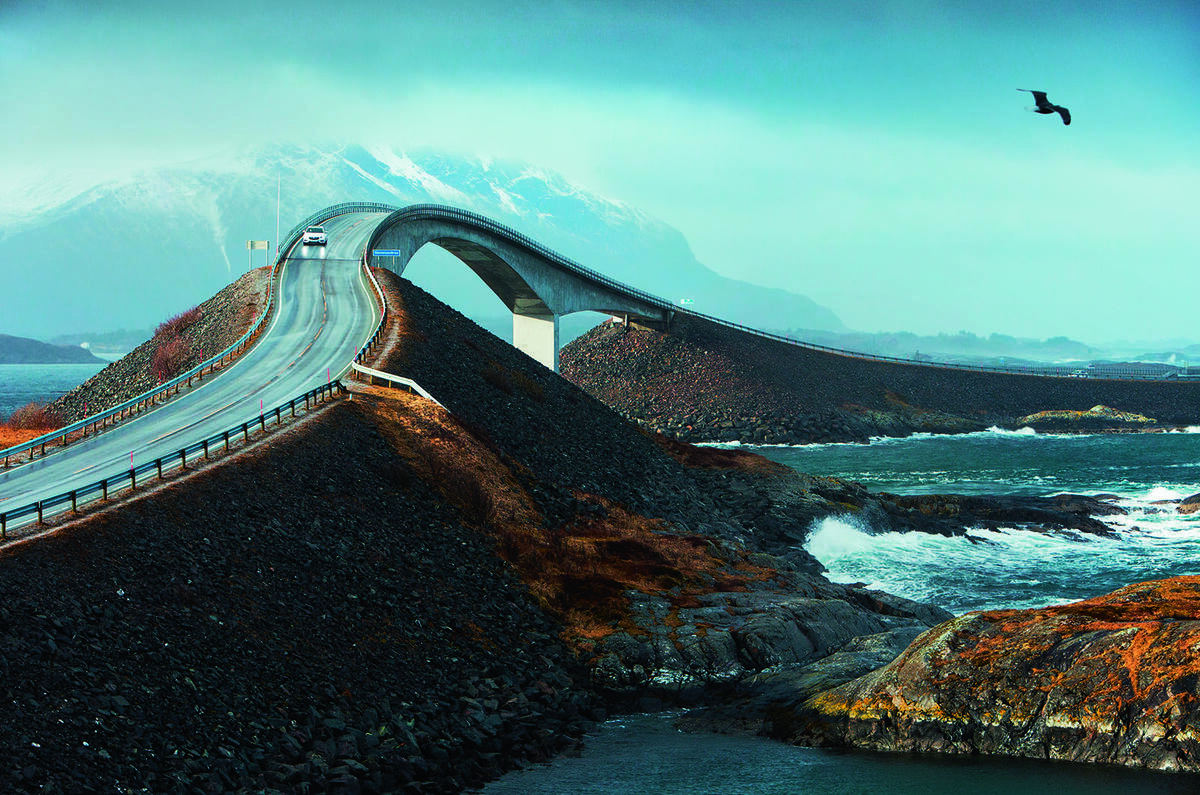
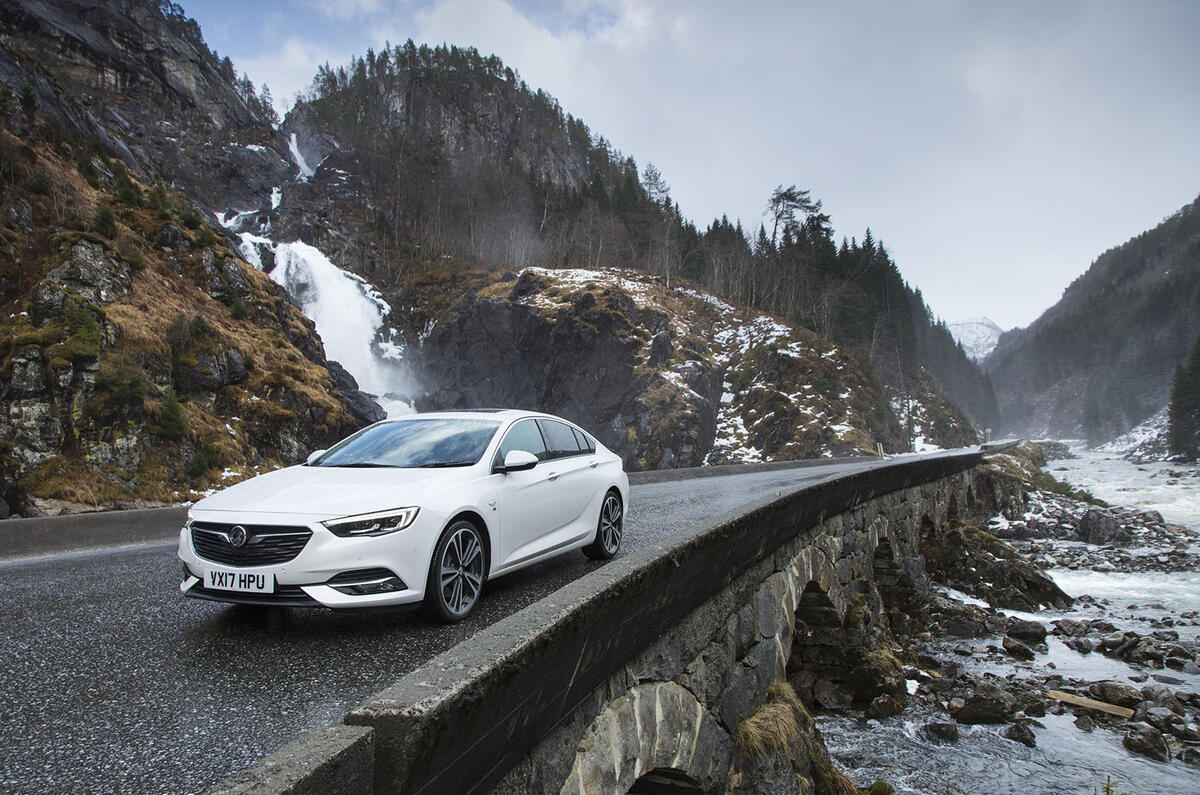
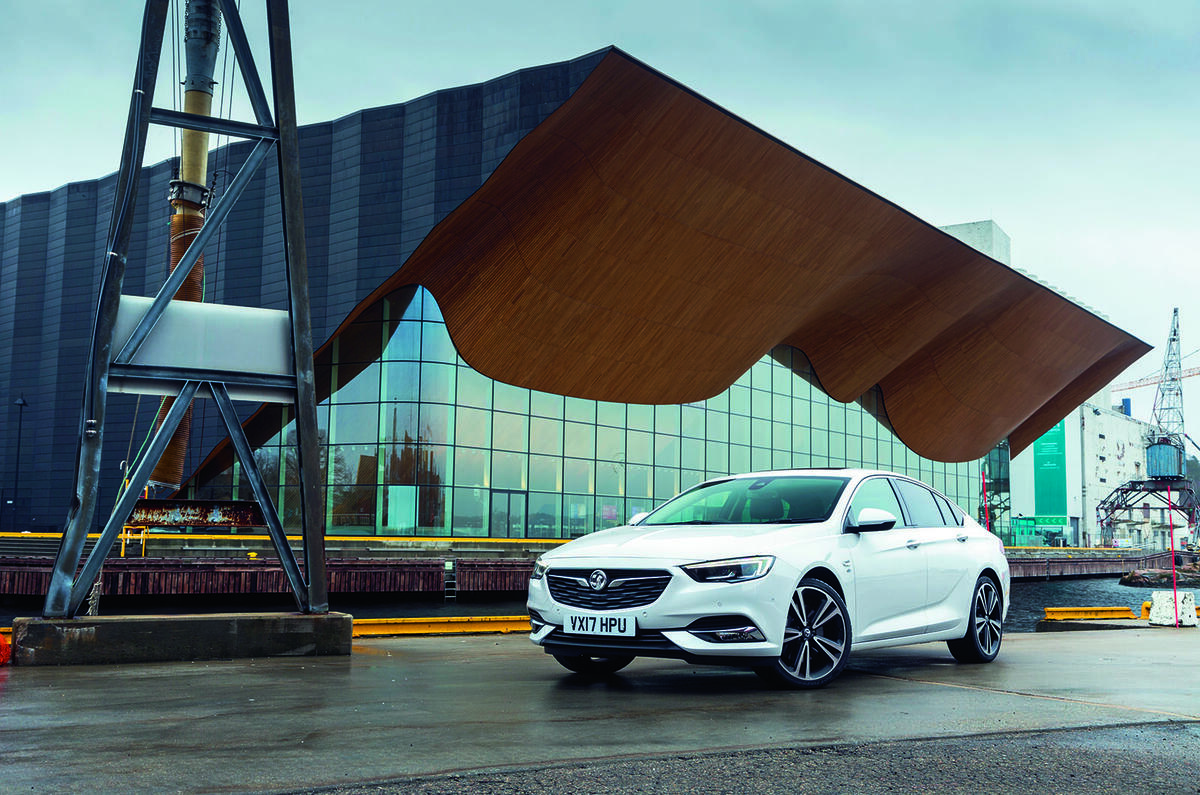
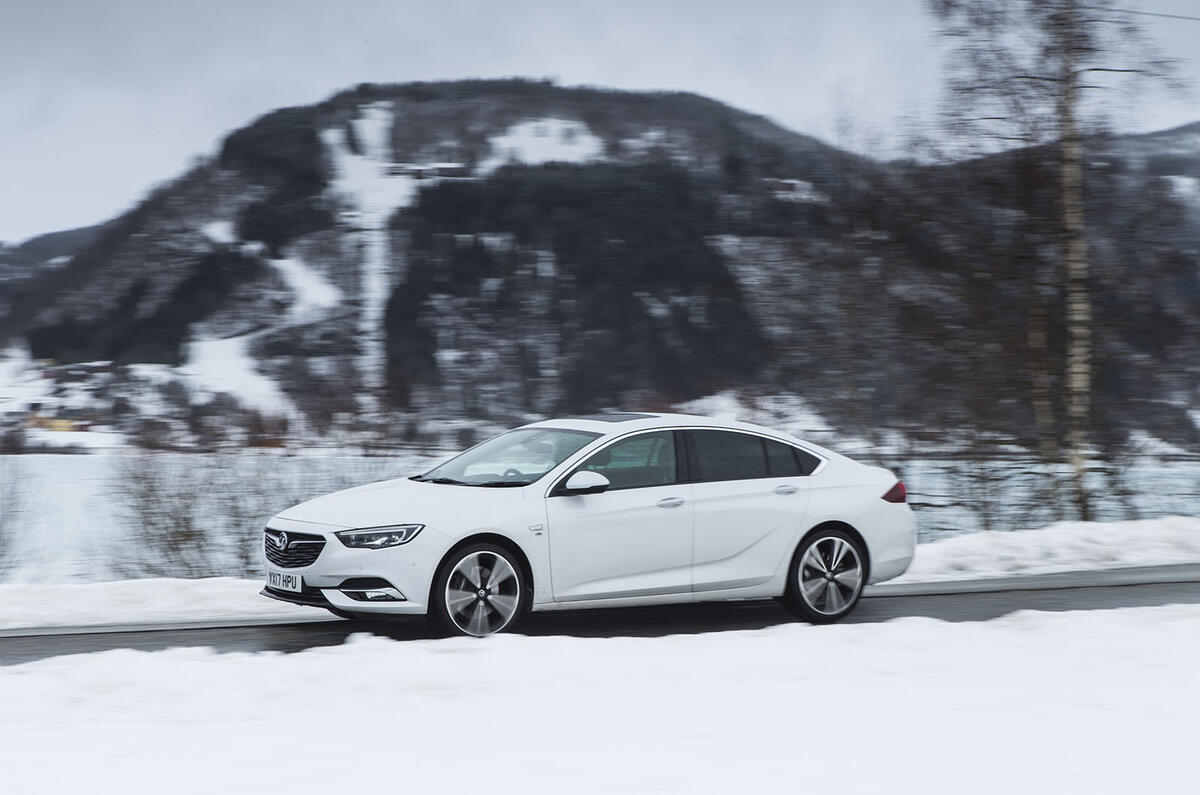
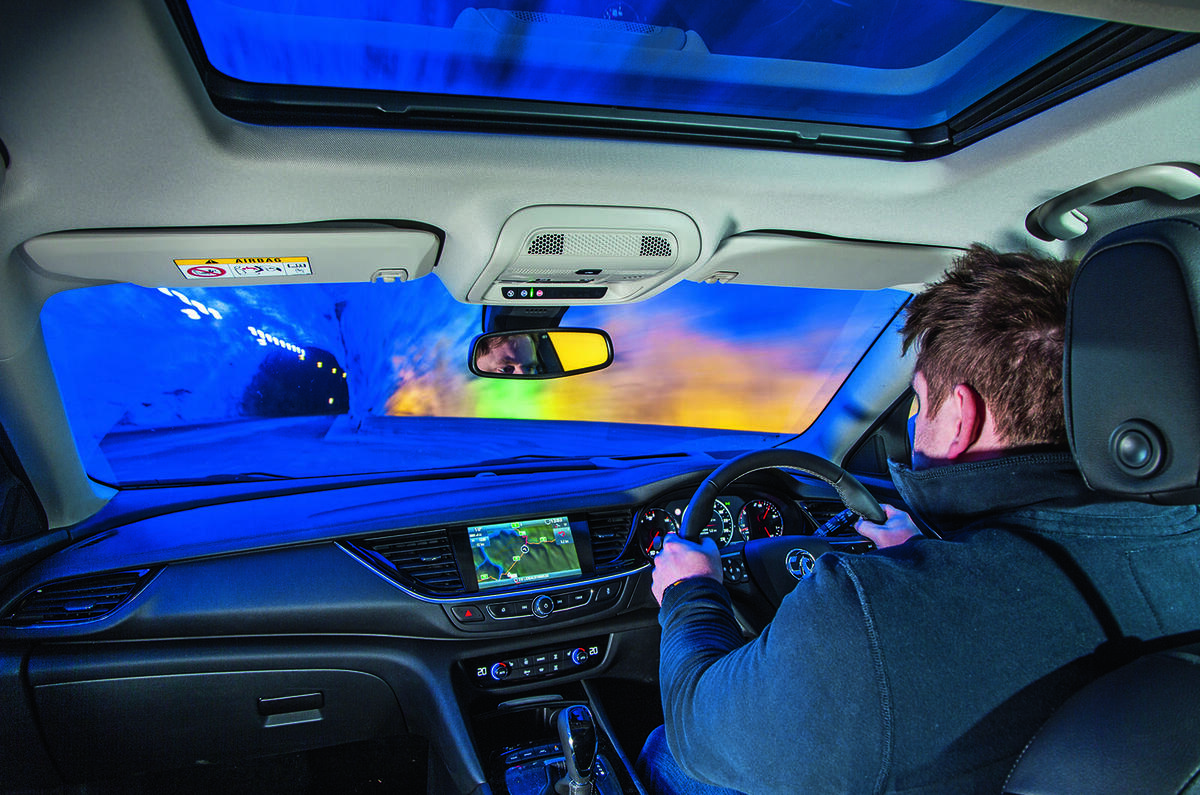
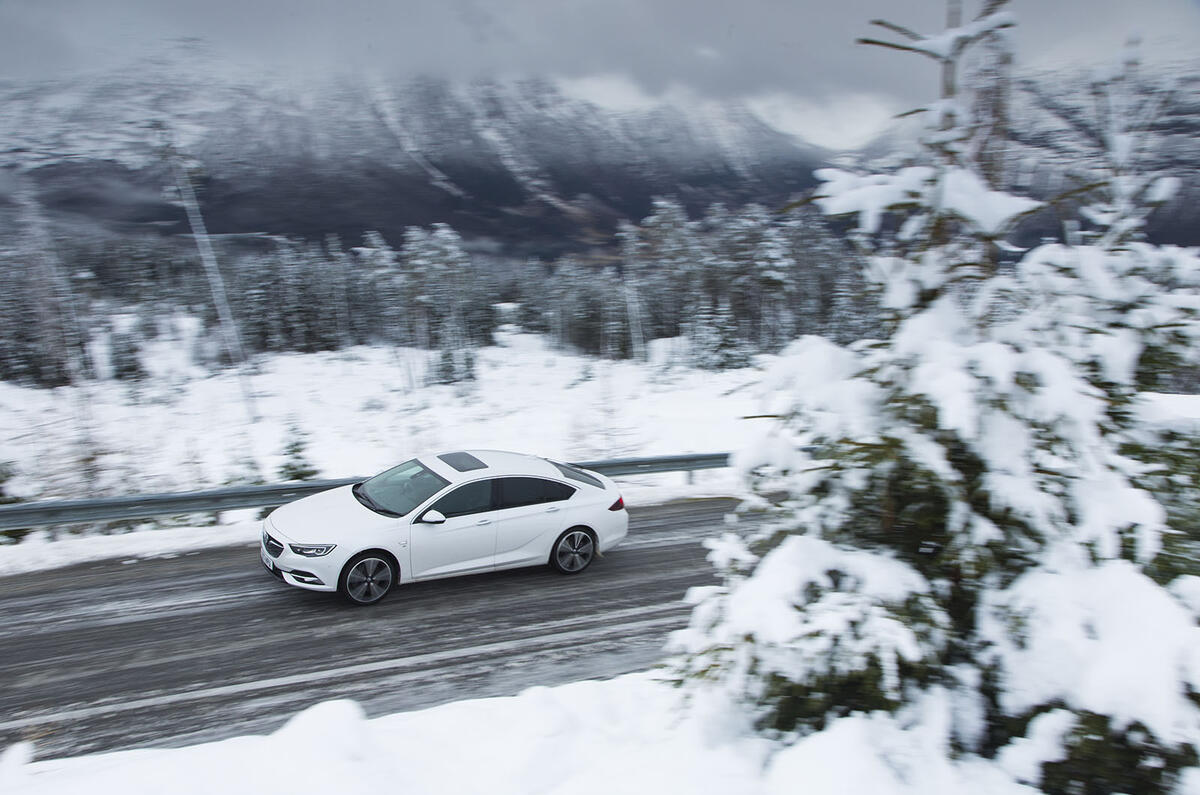
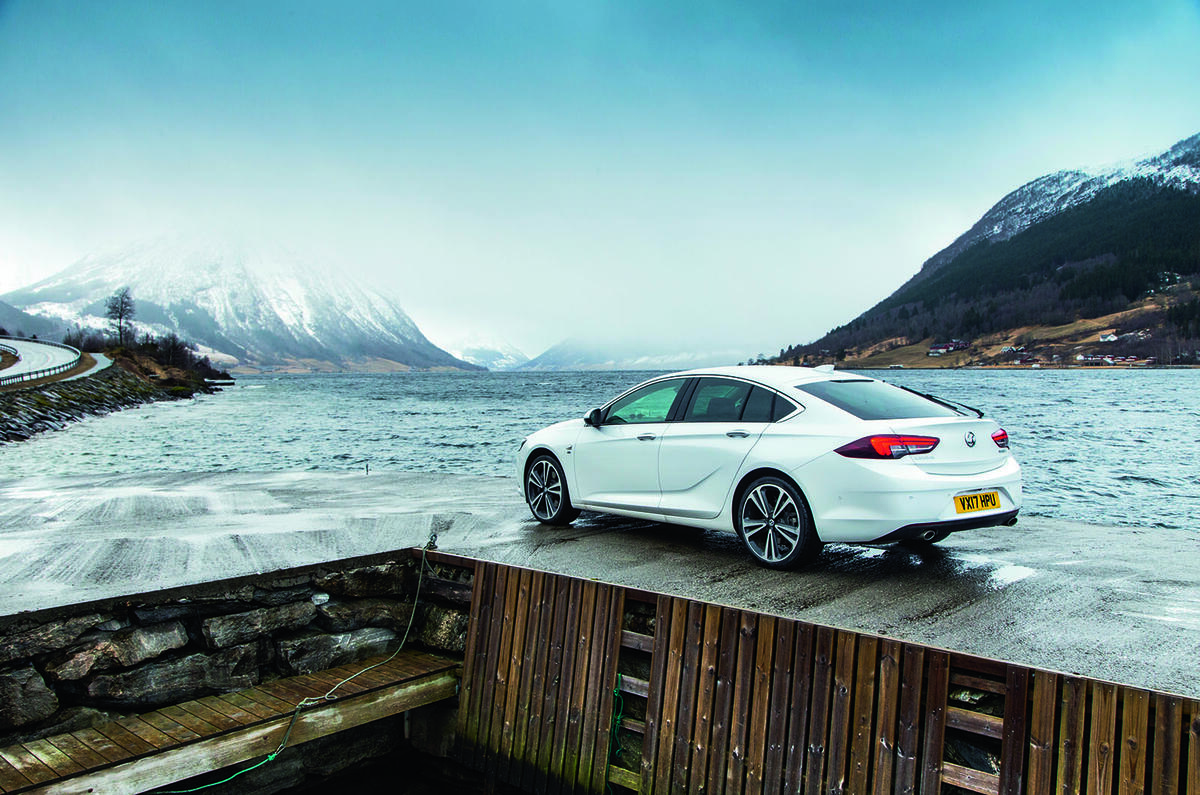
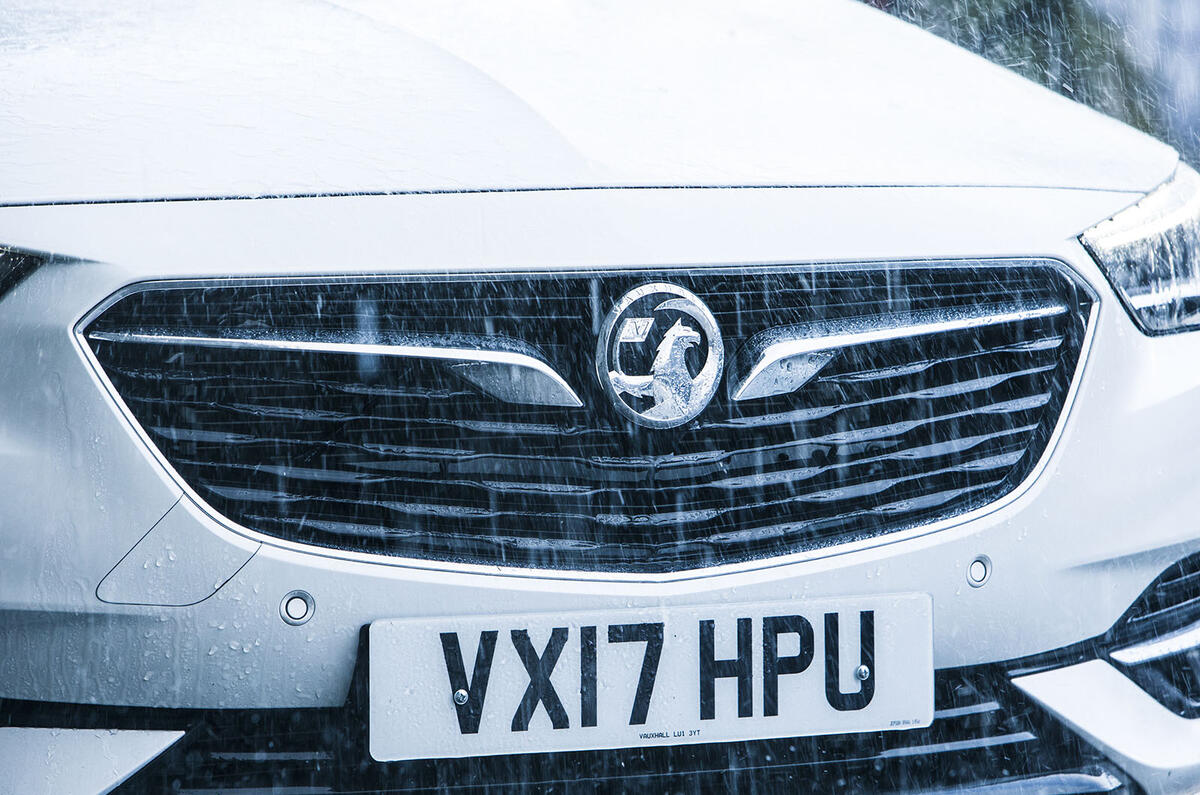
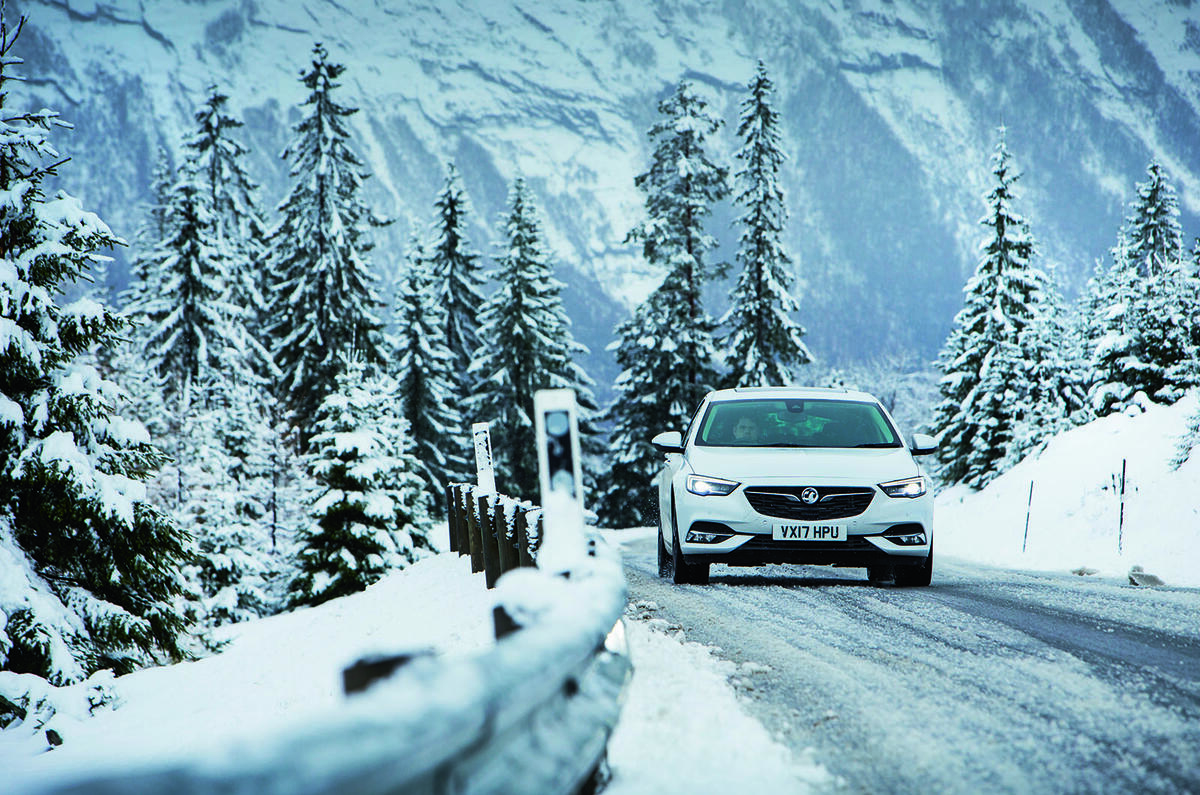
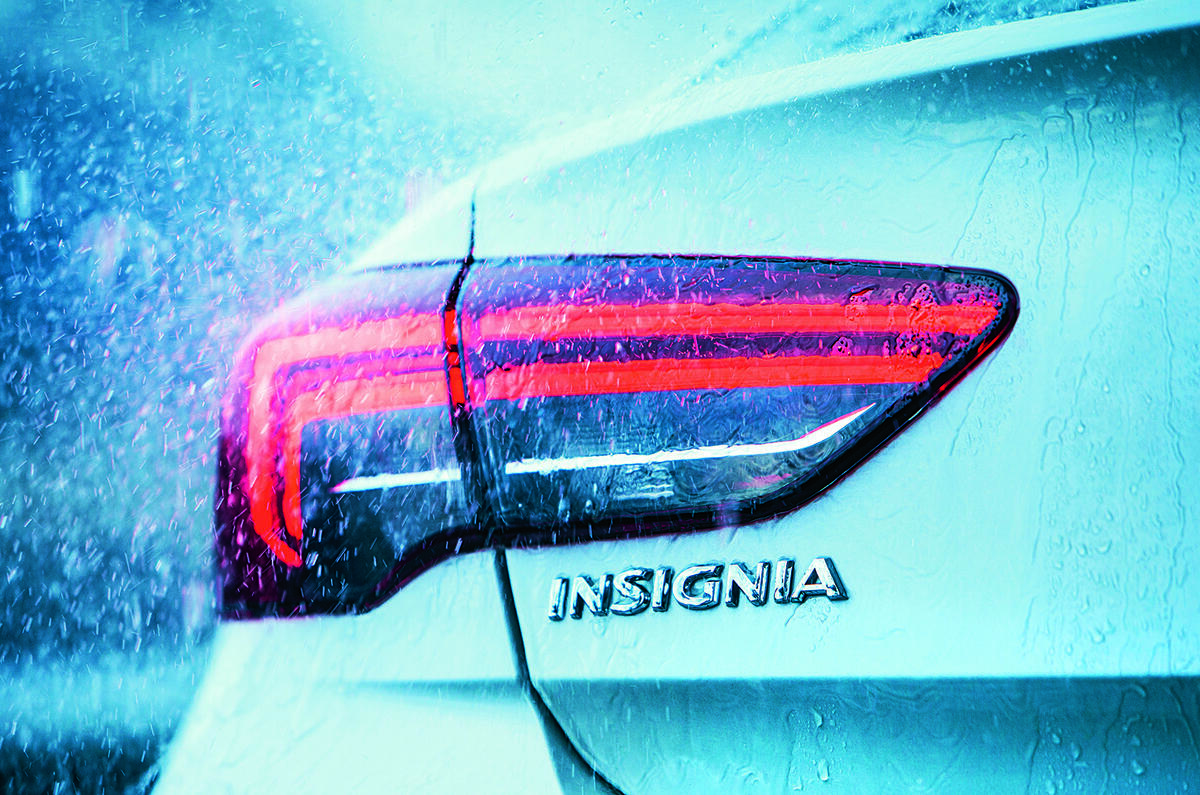

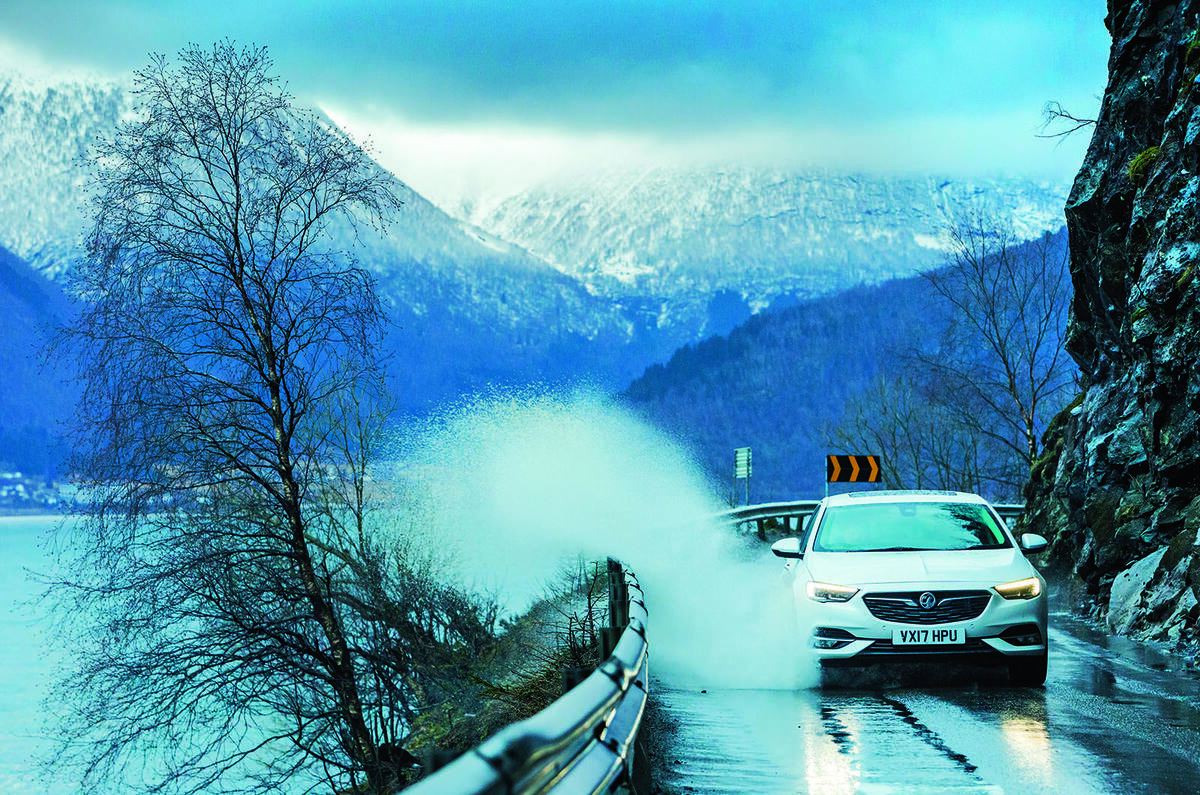
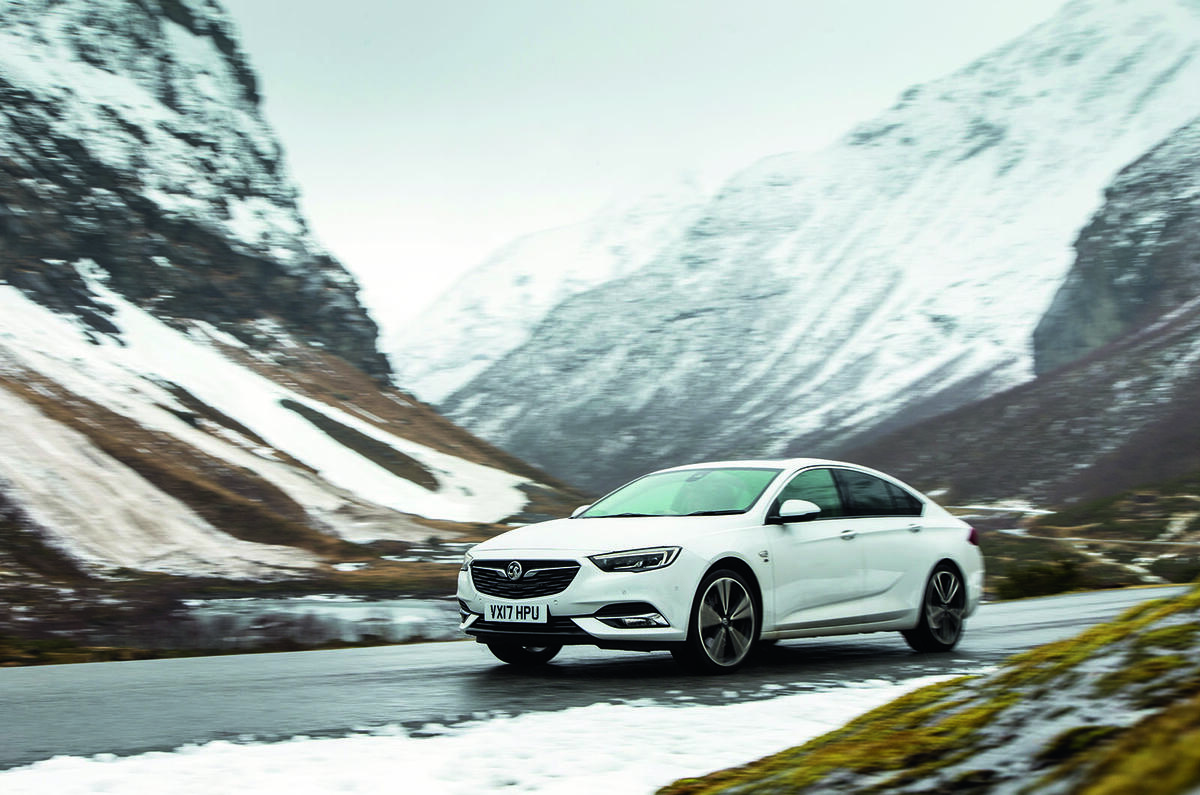
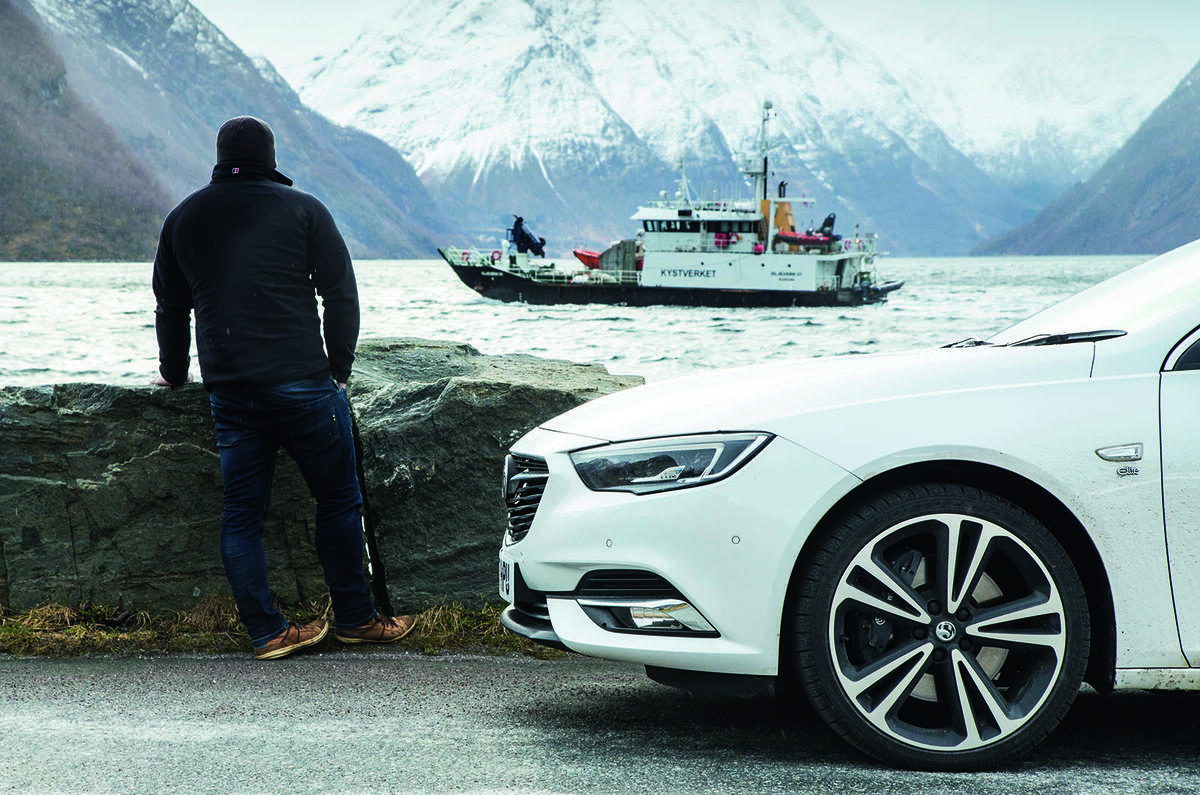
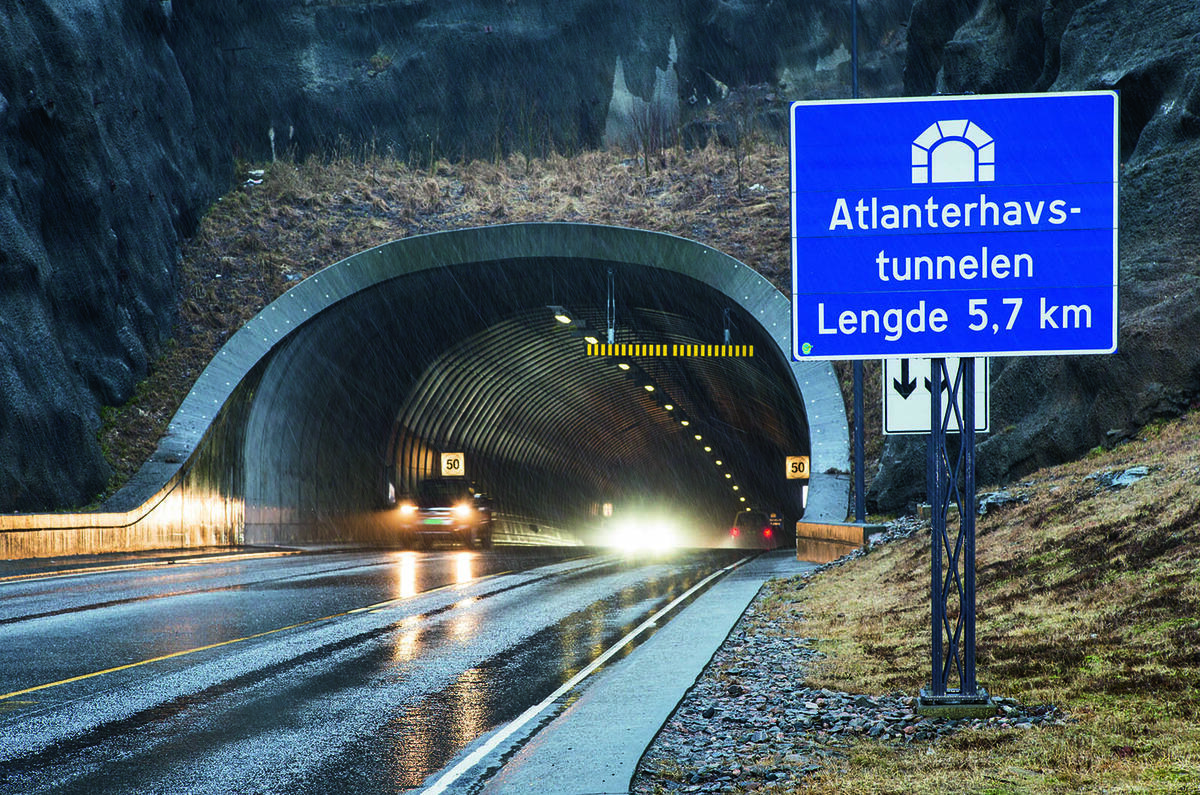
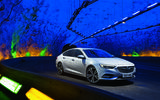
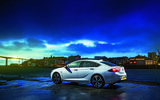
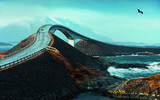
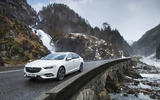
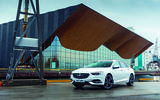
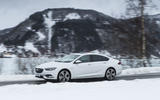

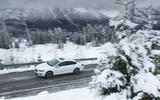
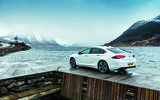
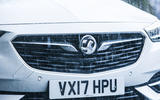
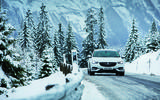
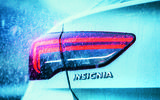


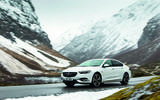




Join the debate
Add your comment
For all the blobbers
Mercedes Blob
Blob
Jimmyb wrote:
You could say the same about virtually any German car released in the last 30 - 40 years. While I more or less agree with you, manufacturing bland conservative blobs with high perceived quality hasn't done the German brands any harm.